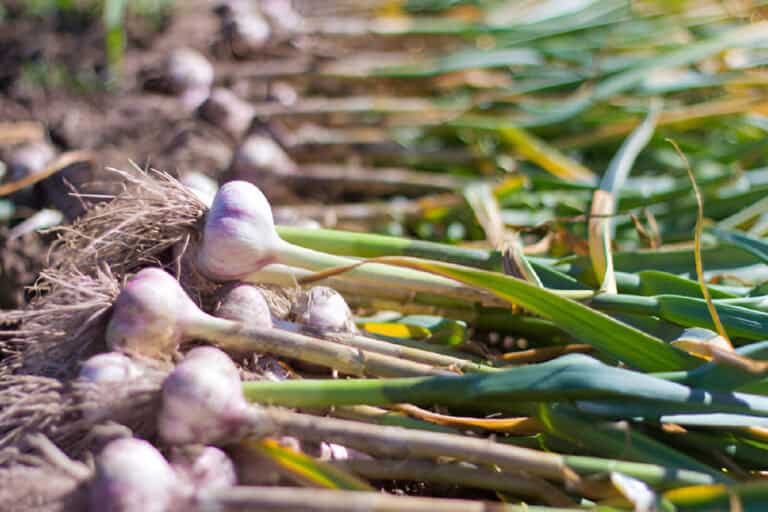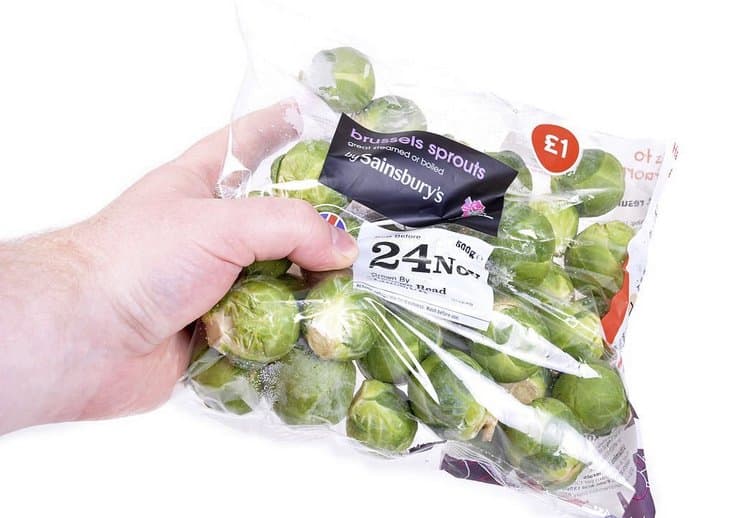When to Plant Turnips in Southern Indiana: Best Seasons and Tips

Are you ready to enhance your garden with crisp, nutritious turnips that thrive in Southern Indiana’s climate? Timing your turnip planting just right can make all the difference in achieving a plentiful harvest.
You may be a seasoned gardener or a beginner exploring the joys of growing root vegetables. Knowing the best planting schedule is essential. In this article, we look at the best times to plant turnips in Southern Indiana. We consider the region’s special weather and soil.
Mastering turnip planting’s timing and techniques will equip you to grow a vibrant garden. It will be full of these useful vegetables, which add flavor and nutrition to your table.
Introduction to Planting Turnips

Planting turnips opens the door to a versatile and nutritious addition to your garden. These root vegetables are known for their crisp texture and peppery flavor. They thrive in cooler temperatures, so they are well-suited for planting in Indiana. Whether you’re a new gardener or an experienced one, knowing the basics of turnip planting ensures a good harvest.
Turnips, part of the Brassicaceae family, offer both their flavorful roots and nutritious greens. Their growth cycle spans from early spring to late fall, aligning perfectly with Indiana’s climate. By timing your planting to avoid extreme heat and frost, you can encourage robust root development and vibrant foliage.
Preparing the soil is key to cultivating thriving turnips. Well-drained soil rich in organic matter provides the ideal environment for turnip growth. You can plant in raised beds or in the ground. But, you need to ensure good soil pH and fertility. They set the stage for healthy plants and a big harvest.
Understanding Southern Indiana’s Climate
Southern Indiana has a humid subtropical climate. It has hot summers and mild winters. This climate provides two ideal windows for planting turnips: early spring and late summer. Understanding the local climate patterns can help you choose the best planting times for your turnip crop.
Average Temperatures and Frost Dates
- Spring (March-May): Temperatures range from 45°F to 75°F.
- Summer (June-August): Temperatures range from 65°F to 90°F.
- Fall (September-November): Temperatures range from 45°F to 70°F.
- Winter (December-February): Temperatures range from 25°F to 45°F.
The average last frost date in Southern Indiana is around mid-April, while the first frost date typically occurs in late October. These frost dates are essential for determining the best planting times for turnips.
Ideal Planting Times for Turnips
Turnips are cool-season crops that grow best in temperatures between 40°F and 75°F. In Southern Indiana, the two optimal planting periods are:
- Early Spring: Plant turnip seeds 2-3 weeks before the last expected frost date, typically in late March to early April.
- Late Summer: Plant turnip seeds 8-10 weeks before the first expected frost date, typically in late July to early August.
Planting at these times ensures turnips grow in cool weather. This helps make the roots tender and tasty.
Preparing the Soil
Proper soil preparation is crucial for healthy turnip growth. Turnips prefer well-drained, loamy soil with a pH between 6.0 and 7.5. Here are the steps to prepare your garden bed for planting turnip seeds:
- Choose the Right Location: Select a sunny spot that receives at least 6 hours of direct sunlight daily.
- Test the Soil: Conduct a soil test to determine the pH and nutrient levels. Adjust the pH if necessary by adding lime to raise it or sulfur to lower it.
- Amend the Soil: Incorporate organic matter such as compost or aged manure to improve soil structure and fertility.
- Till the Soil: Till the garden bed to a depth of 8-10 inches to ensure proper root development.
Planting Turnip Seeds
Once the soil is prepared, you can proceed with planting the turnip seeds. Follow these steps for successful planting:
- Spacing: Space the seeds 1 inch apart in rows that are 12-18 inches apart.
- Depth: Sow the seeds 1/2 inch deep.
- Watering: Water the seeds thoroughly after planting to ensure good soil contact.
Caring for Turnip Plants
Proper care is essential to ensure healthy growth and a bountiful turnip harvest. Here are some key care tips:
Watering
Turnips need consistent moisture to develop tender roots. Water the plants regularly, keeping the soil evenly moist but not waterlogged. Aim for about 1 inch of water per week, either from rainfall or irrigation.
Thinning
Once the seedlings are 2-3 inches tall, thin them to 3-4 inches apart. This spacing allows enough room for the turnips to develop properly without overcrowding.
Fertilizing
Turnips benefit from a balanced, all-purpose fertilizer. Apply fertilizer at planting time and again when the plants are about 4 inches tall. Avoid over-fertilizing, as this can lead to excessive leaf growth at the expense of root development.
Pest and Disease Management
Turnips can be susceptible to various pests and diseases. Regular monitoring and preventive measures can help keep your plants healthy.
Common Pests
- Flea Beetles: Small, black beetles that chew small holes in the leaves. Use row covers to protect young plants, and apply insecticidal soap if necessary.
- Aphids: Small, sap-sucking insects that can cause stunted growth and deformities. Spray plants with a mixture of water and mild soap to control aphids.
- Root Maggots: Larvae that feed on the roots, causing wilting and poor growth. Use floating row covers to prevent adult flies from laying eggs on the plants.
Common Diseases
- Downy Mildew: A fungal disease that causes yellowing and wilting of leaves. Ensure good air circulation and avoid overhead watering to prevent this disease.
- Powdery Mildew: Causes a white, powdery coating on leaves. Use fungicides and practice crop rotation to manage powdery mildew.
- Clubroot: A soil-borne disease that causes swollen and distorted roots. Practice crop rotation and avoid planting turnips in infected soil for at least four years.
Harvesting Turnips
Knowing when and how to harvest turnips is crucial to enjoying their full potential. Follow these steps for a successful harvest:
- Timing: Turnips are ready to harvest when the roots are 2-3 inches in diameter, usually 30-60 days after planting, depending on the variety.
- Pulling: Use a garden fork or your hands to gently pull the turnips from the soil.
- Cleaning: Remove the tops and rinse the roots thoroughly to remove soil.
| Related: When to Plant Strawberries Indiana? |
Storing Turnips
Proper storage extends the shelf life of turnips and keeps them in good condition for months. Store turnips in a cool, dark, and well-ventilated area. Ideal storage temperatures range from 32°F to 40°F. Turnips can also be stored in the refrigerator for up to two weeks.
Table: Quick Reference Guide for Planting Turnips in Southern Indiana
| Factor | Details |
| Ideal Planting Time | Early Spring: Late March to early April; Late Summer: Late July to early August |
| Soil Temperature | 40°F to 75°F |
| Soil pH | 6.0 to 7.5 |
| Sunlight Requirements | Full sun (6+ hours/day) |
| Seed Spacing | 1 inch apart in rows 12-18 inches apart |
| Planting Depth | 1/2 inch |
| Watering | 1 inch per week |
| Common Pests | Flea beetles, aphids, root maggots |
| Common Diseases | Downy mildew, powdery mildew, clubroot |
Additional Tips
- Succession Planting: Succession Planting can extend your turnip harvest. Sow seeds every two weeks during the planting windows.
- Mulching: Use organic mulch to conserve moisture, suppress weeds, and maintain soil temperature.
- Companion Planting: Plant turnips with peas and lettuce. This gives them mutual benefits and uses space well.
With these guidelines, you’re on your way to growing a lively turnip patch. It will bring joy and satisfaction from planting to harvest. Enjoy the journey and the delicious rewards of your labor!
Conclusion
Growing turnips in Southern Indiana can be rewarding. They provide you with fresh, healthy roots and greens. By knowing the local climate, readying the soil, and planting at the right times, you can ensure a good turnip harvest. Taking regular care, managing pests and disease, and harvesting properly will help you grow a bountiful crop of turnips. They will be perfect for cooking, salads, and more. Happy planting and harvesting!






